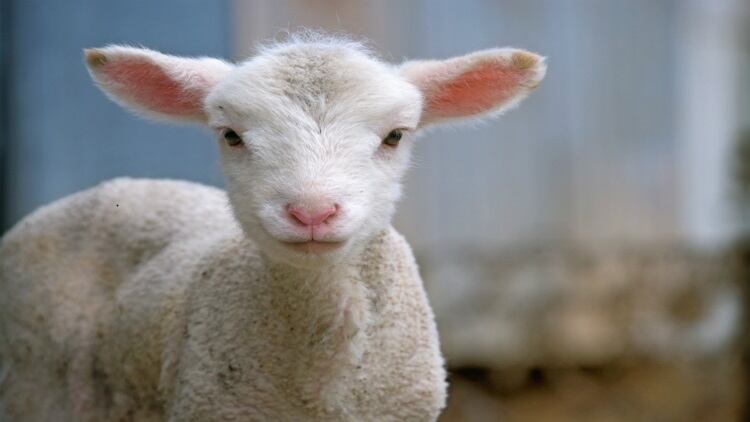Miratorg had signed an investment agreement to build several more sheep farms in Tula Oblast, Russia, a spokeswoman for the business told GlobalMeatNews.
The company had already launched one farm, and planned to build 11 more in the next five years, expecting to invest Rub27.5bn ($450m), she added.
Miratorg intends to reach annual live weight production capacity of 71,200t of premium lamb and mutton a year. At least half of that would be exported to the Gulf countries, China and Japan, Miratorg president Viktor Linnik outlined during a press conference on 10 October. He stressed high-quality lamb was in high global demand.
Miratorg announced preliminary plans to launch its sheep breeding project in April 2018. At that time the company was planning to invest Rub20bn ($330m) into lamb production and was not ready to disclose further details.
Meanwhile, Stavropol Farmer had nearly finished the lamb processing plant – with an operating capacity of almost 600,000 sheep a year – in Stavropol Krai, Russia, Alexander Kalinichev, general director of the company told local press.
The company is preparing to start building a parent stock farm designed for 100,000 head of sheep. It claimed it was constructing the processing plant – with an operating capacity of almost 600,000 sheep a year – ahead of the farms, because Stavropol Krai accounted for the biggest sheep herd in Russia: nearly two million heads.
Sensitive market
Demand for high quality lamb was growing in Russia despite high prices, Albert Davleyev, president of the analytical agency Agrifood Strategies told GlobalMeatNews. Lamb and mutton were also traditionally popular in the southern regions of Russia and North Caucasian republics, where they were in some cases the predominant type of meat, he said.
“However, the total amount of product expected to flow to the domestic market as a result of a launch of these two new projects, may exceed its consumption capacity,” he said.
So far, most sheep in Russia have been reared in small-scale farms. The new projects promise to change the taste of lamb on grocery shelves.
“The introduction of new breeds, grow-out techniques and processing technologies will radically change the lamb market as has happened with beef in Russia,” Davleyev added. “New product specifications will be brought in accordance with international standards for foodservice and export-orientated items, especially in cutting, deboning, portioning and packaging.
“The demand from its southern neighbors and more distant countries in the Middle East, Middle Asia, North Africa and other countries is constantly growing.
“Pricewise, Russian lamb and mutton cuts in the Middle Eastern market are already very competitive compared to similar products from Pakistan and other local suppliers. A good price/quality ratio has already allowed the Russian lamb processor ECOLE to start exporting its cooked lamb and mutton products to the UAE and Saudi Arabia.”

